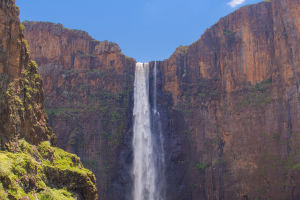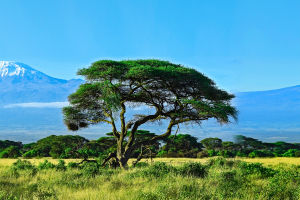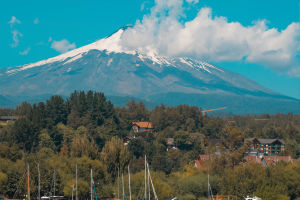Welcome Lykkers! The Atacama Desert, located in northern Chile, is one of the most extraordinary landscapes on Earth. Often considered the driest non-polar desert in the world.
Atacama Desert
The Atacama spans approximately 105,000 square kilometers, stretching along Chile’s Pacific coastline and extending into parts of Peru, Bolivia, and Argentina.
An Arid Wonder
The Atacama Desert is renowned for its extreme aridity. In some areas, rainfall is so rare that it can take decades for a single measurable event to occur. The desert’s hyperarid conditions are attributed to a combination of factors, including the rain shadow effect of the Andes Mountains and the cooling influence of the Humboldt Current along the coast, which inhibits moisture from rising into the atmosphere.
Despite its barren reputation, the Atacama is home to a surprising variety of ecosystems. Coastal areas benefit from fog, known locally as camanchaca, which sustains unique plant and animal species. Inland, salt flats, geysers, and valleys provide diverse microhabitats that support hardy life forms adapted to extreme conditions.
Geological Marvels
The Atacama’s landscape is a tapestry of geological wonders. One of its most iconic features is the Valle de la Luna (Valley of the Moon), characterized by lunar-like terrain shaped by centuries of wind and water erosion. Another striking landmark is the Salar de Atacama, a massive salt flat that sparkles under the sun and serves as a critical habitat for flamingos.
Geysers, such as those at El Tatio, add to the desert's surreal appeal. These geothermal hotspots, located at an altitude of over 4,000 meters, create a mesmerizing display of steaming vents and boiling mud pools. The desert is also rich in mineral resources, particularly lithium, which is extracted from its brine-rich salt flats and plays a crucial role in the global energy transition.
A Window into Mars
The Atacama’s extreme environment makes it an ideal analog for Mars. NASA and other space agencies use its terrain to test rovers and study microbial life that thrives in harsh conditions. These studies provide valuable insights into the potential for life on Mars and inform the design of future interplanetary missions.
The desert’s crystal-clear skies and minimal light pollution also make it one of the best places on Earth for astronomical observation. Facilities such as the Atacama Large Millimeter/submillimeter Array (ALMA) enable scientists to peer into the farthest reaches of the universe, uncovering secrets about the origins of galaxies and stars.
Cultural and Historical Significance
The Atacama is not only a geological and scientific treasure but also a region rich in human history. Indigenous peoples, such as the Atacameño (or Likan Antai), have called this harsh environment home for thousands of years. They developed ingenious methods of water management and agriculture, allowing them to thrive in an otherwise inhospitable landscape.
During the prerevolutionary era, the desert became a focal point for mining activities, particularly for nitrate, which was a valuable commodity in the 19th century. The remnants of abandoned mining towns, such as Humberstone and Santa Laura, now stand as UNESCO World Heritage Sites, offering a glimpse into the region’s industrial past.
Tourism and Adventure
Today, the Atacama Desert is a popular destination for adventurers and nature enthusiasts. Visitors can explore its surreal landscapes, stargaze under some of the clearest skies in the world, and immerse themselves in the rich cultural heritage of its indigenous communities. San Pedro de Atacama, a charming oasis town, serves as a gateway to many of the region’s attractions, offering guided tours, accommodations, and cultural experiences.
The Atacama Desert is a place of contrasts and extremes. From its arid landscapes and stunning geological formations to its rich history and scientific significance, it continues to captivate the imagination of all who visit. Whether as a destination for exploration or a natural laboratory for groundbreaking research, the Atacama remains a testament to the resilience of life and the enduring allure of the unknown.


